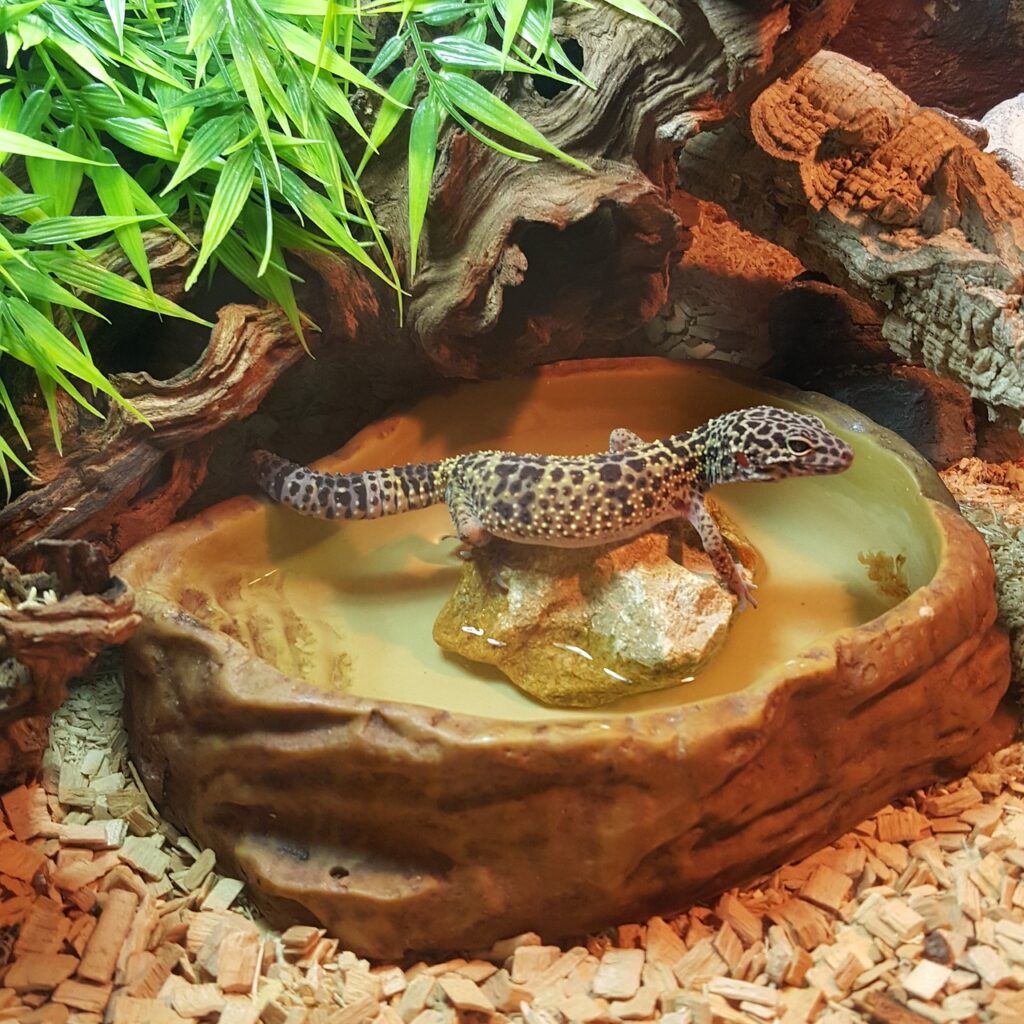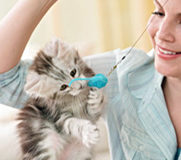A Guide To Your First Leopard Gecko
Share

Heating for Your Leopard Gecko
Like other reptiles, leopard geckos are ectotherms, which means that their body temperature fluctuates based on the environment. In order to stay healthy, leopard geckos need a constant heat source.
Heated rocks and caves, such as this ReptiCare Heat Rock Cave, is a great option for your pet.

The best way to heat the tank is with an under-the-tank heater. These are sold at many pet stores.
The heater should be placed underneath the tank on one side, so that one side of the tank is warmer and one side of the tank is cooler.
Your gecko will regulate their body temperature by moving from the warm to cool side based on its needs: If your gecko is cold, it will naturally move to the warmer side of the tank, but if it is too hot, it will move to the cooler side.
Geckos are nocturnal and do not need a light source. However, if you would like to put a display light on your tank, several different types are sold at pet stores. A store employee should be able to help you pick the best one for your tank size and needs.
If you do decide to purchase a light, be sure not to leave it on for more than 10 hours a day; leopard geckos are nocturnal and need natural periods of darkness to thrive.
Water Sources
Even though leopard geckos come from semi-arid environments in the wild, they need access to a shallow water bowl at all times. They will lap up water like miniature cats.

You can also mist your geckos with a fine spray bottle a few times a week. This is especially important if your gecko is shedding as the humidity will make it easier for the gecko to shed its dead skin.










